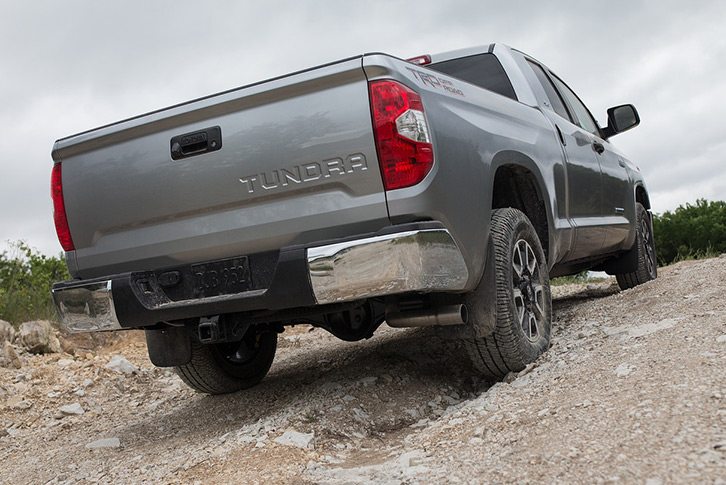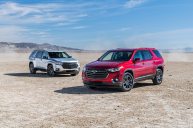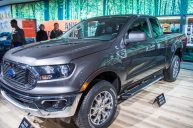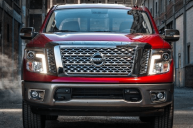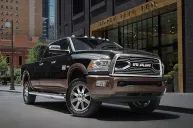What's the deal with the 2018 Toyota Tundra?
The 2018 Toyota Tundra has long been ignored in the perennial quest for pickup truck market share, seemingly forever in fourth or fifth place against the F-150, Sierras, RAMs, and Silverados of the world.
Why is that? We've got our ideas.
Here are three reasons why the 2018 Toyota Tundra is lagging behind its competitors.
1. Poor Engine Options
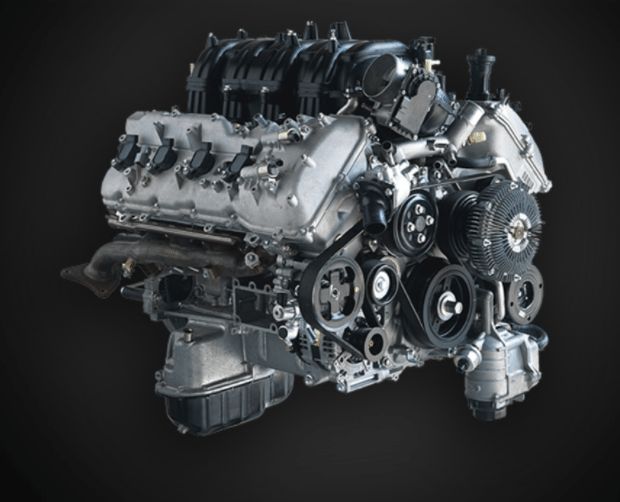
Toyota
The Tundra only offers two engine options - a 4.6-liter 310-horsepower and 5.7-liter, 381-horsepower V8, a far cry from the V6 or turbodiesel offerings of its competitors. Plus, its gas mileage is below average with an estimated EPA of 15 mpg in the city and 19 mpg highway for the base model.
For comparison's sake, the F-150's estimates are 18/26 mpg, and the GMC Sierra tops off at 20/24 mpg.
2. Value for Money
The Tundra's starting price hovers just shy of $31,000. Compare that to the base prices for the F-150 ($27,380), the Sierra 1500 ($28,700), and the Dodge RAM ($27,000).
On the flip side, its highest level trims top off at $47,000, albeit still carrying fewer features than competing higher trims costing upwards of $60,000.
3. Interior is Lacking
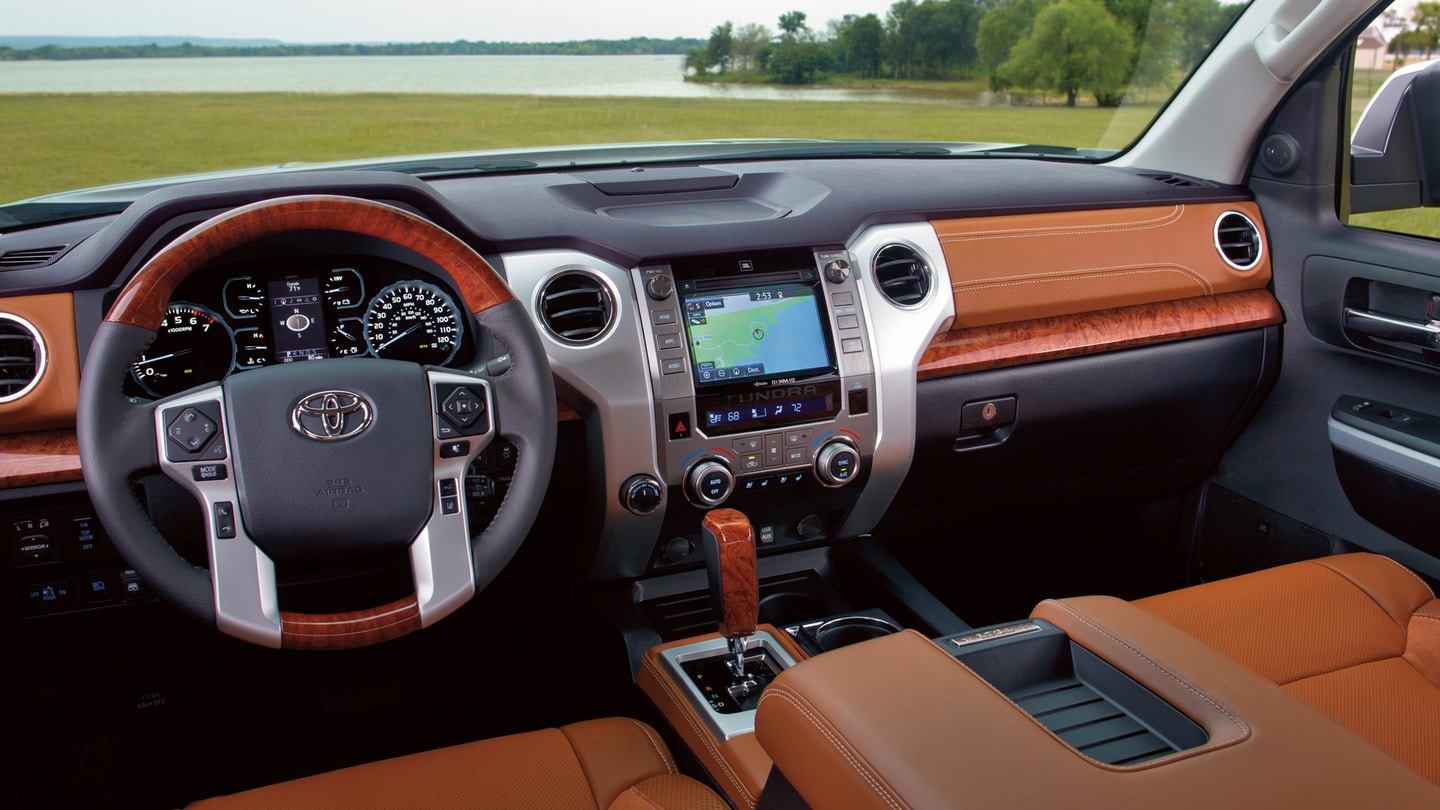
Toyota
Tundra's "fun" tech suite has long been considered sub-standard compared to the Silverado 1500 and the F-150, which carry a lot more options (like the MyLink infotainment system for the Chevy and the F-150s smartphone integration features), all of which are lacking with the Tundra.
However, it does earn points for its standard Toyota Safety Sense P (TSS-P) driver assist system which carries automatic emergency braking, automatic high beams, dynamic radar cruise control, lane departure alerts, and other assistance features. The look and style aren't bad, if you go for the premium options.
All in all, it's a disappointing truck that needs improvements before it can make sales, and appreciation, increase.
NEXT: UBER AND VOLVO FORM PARTNERSHIP TO WORK ON AUTONOMOUS VEHICLES
WATCH
